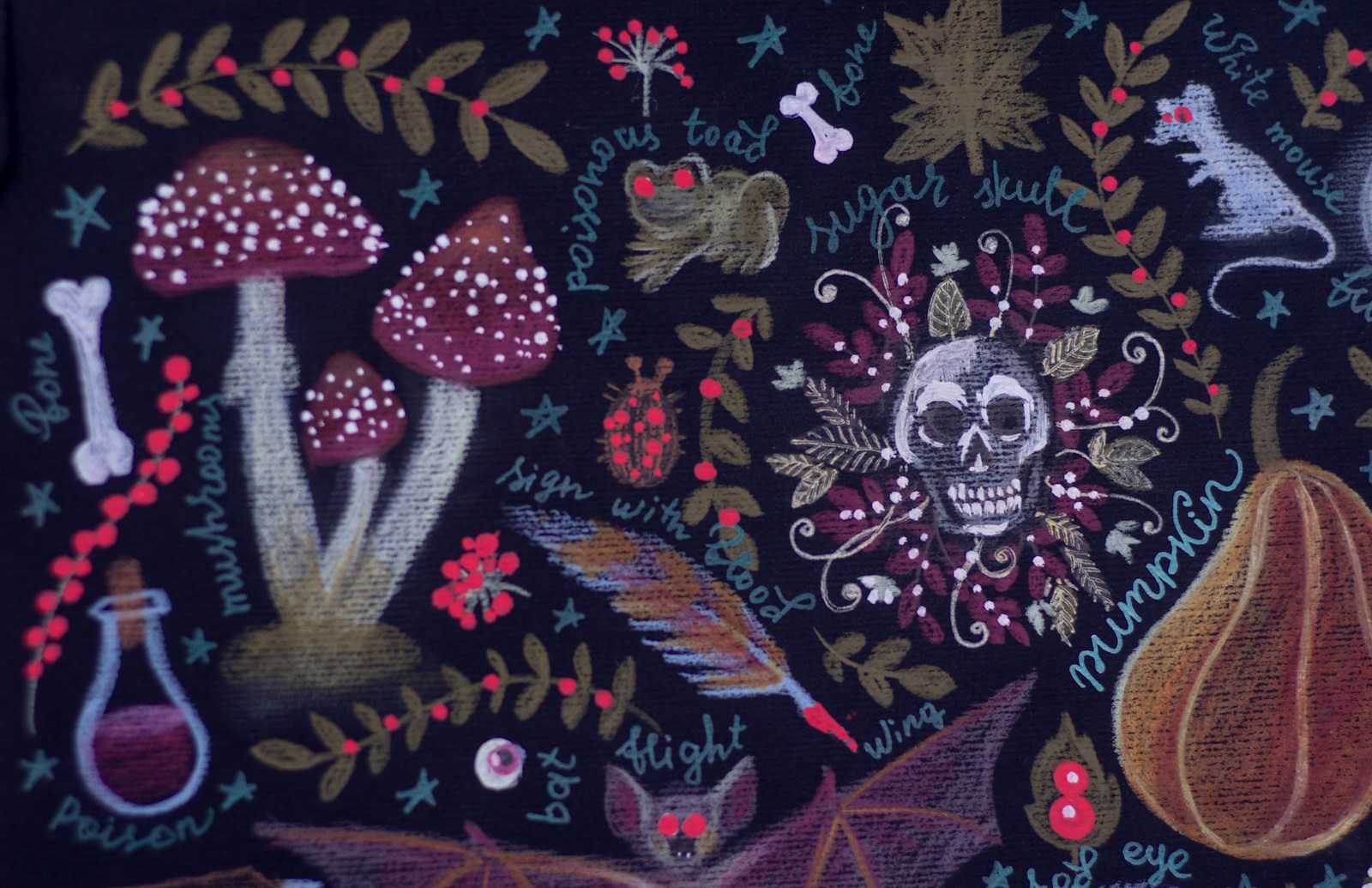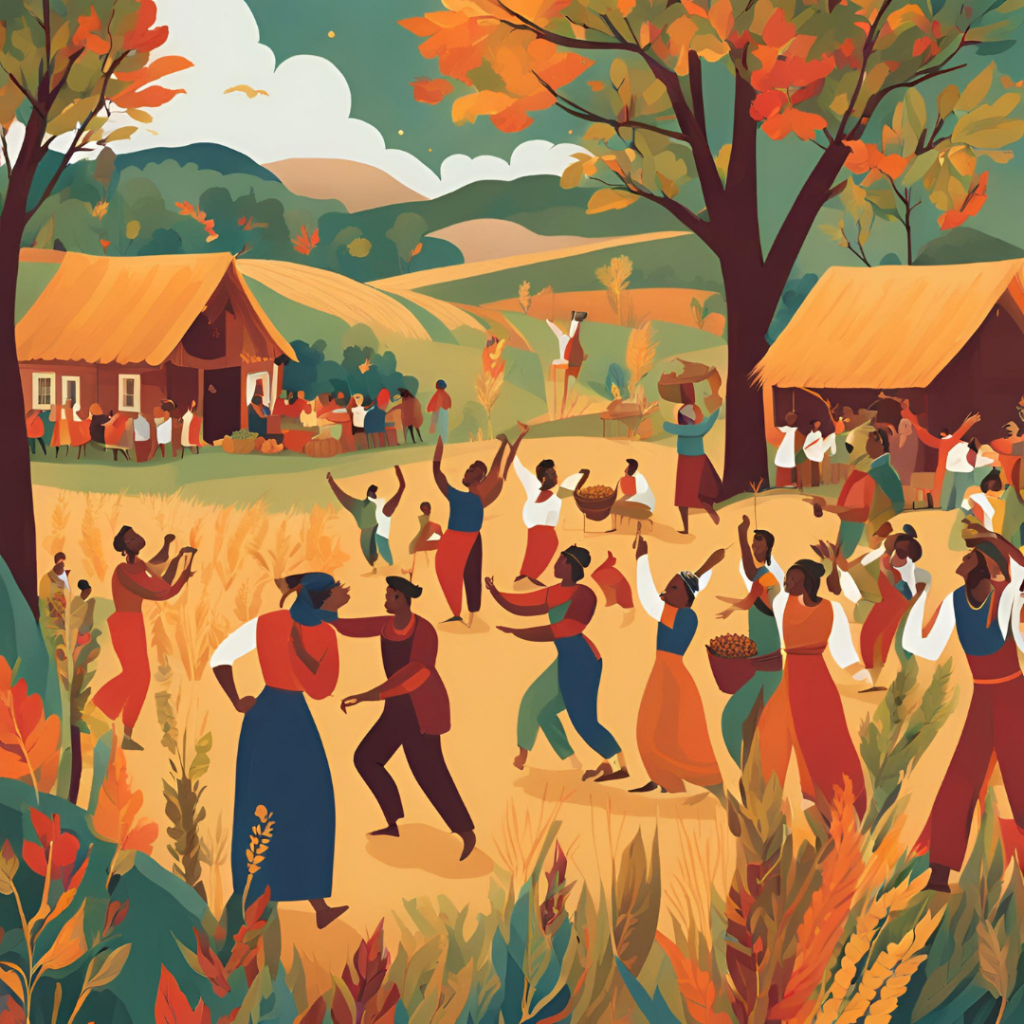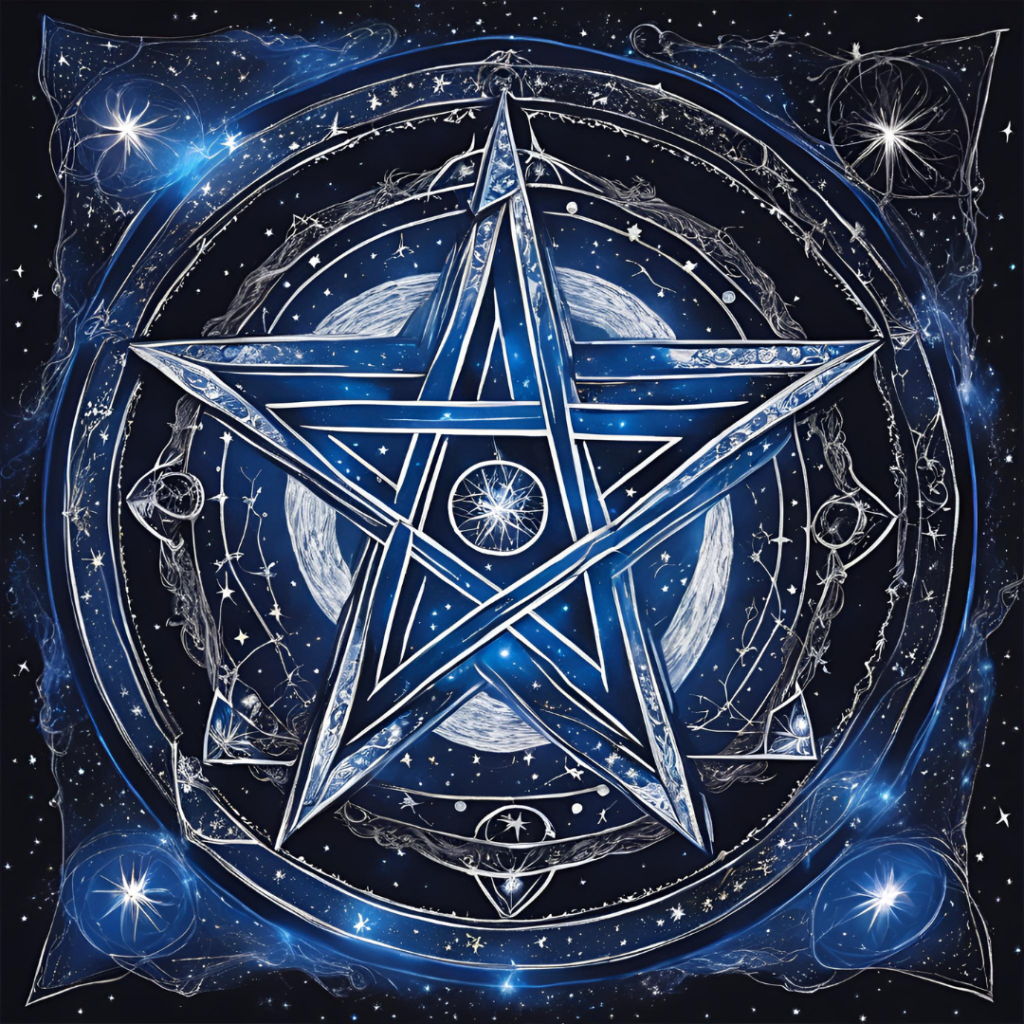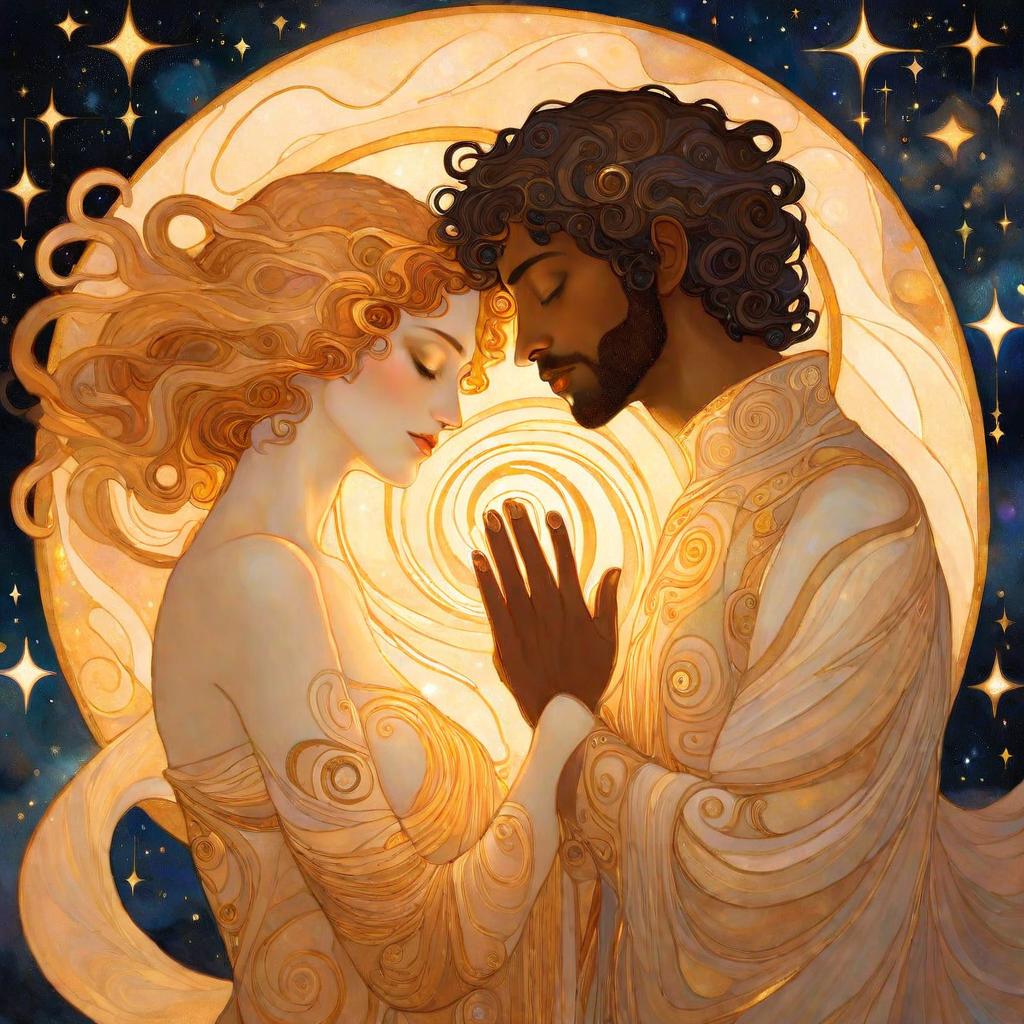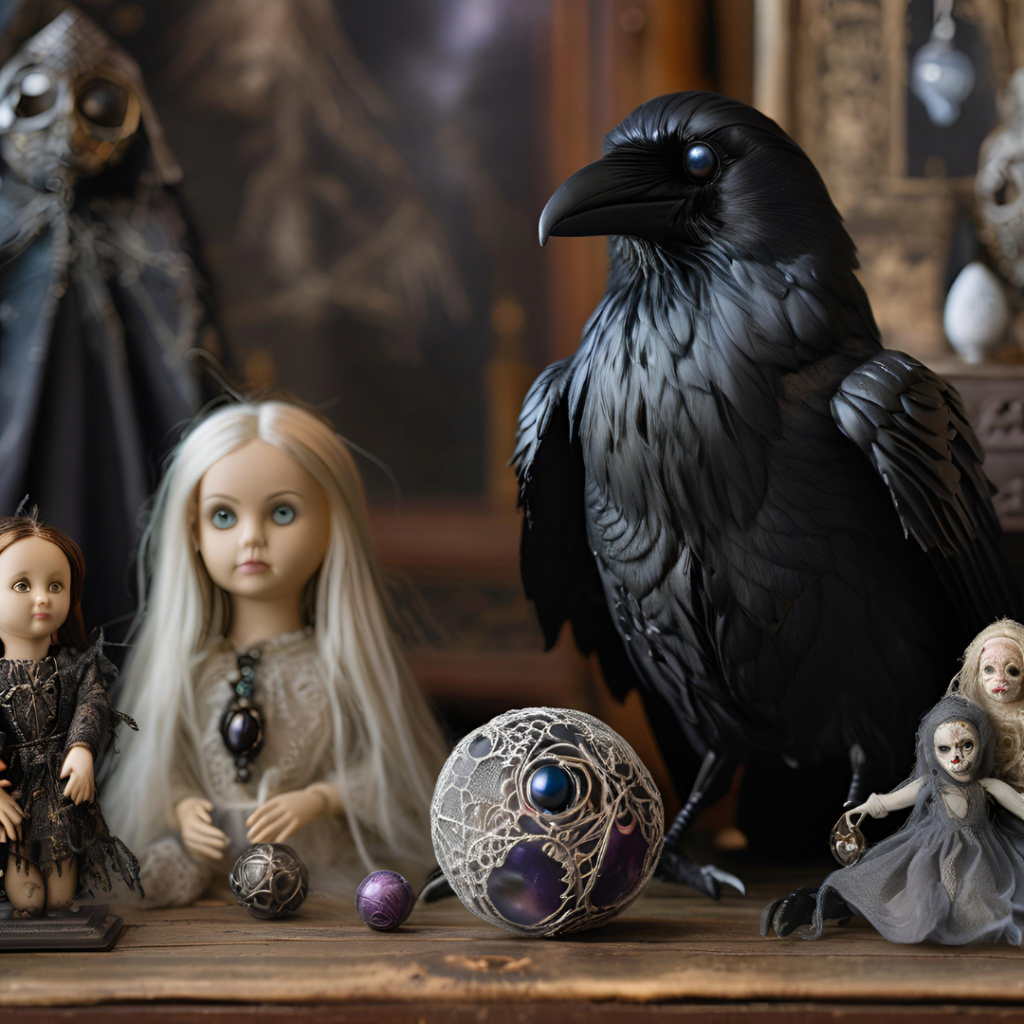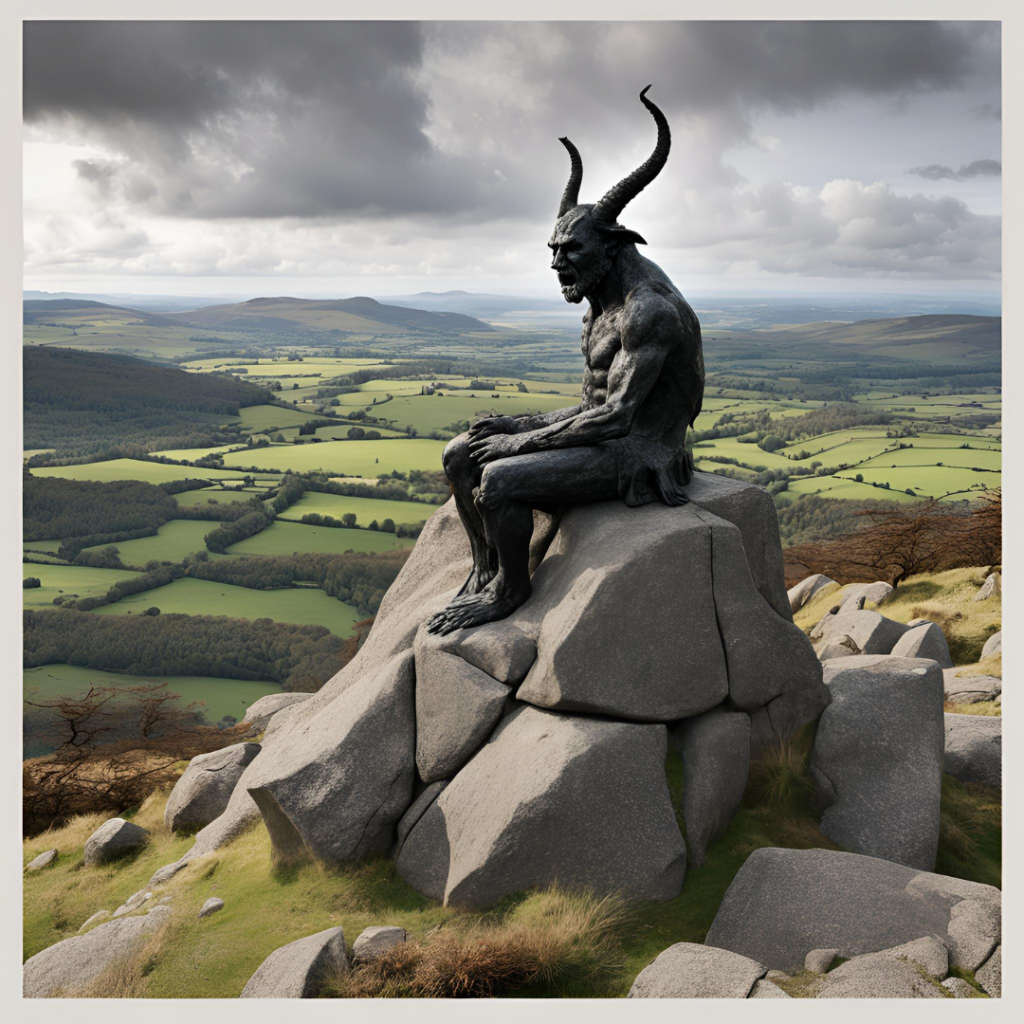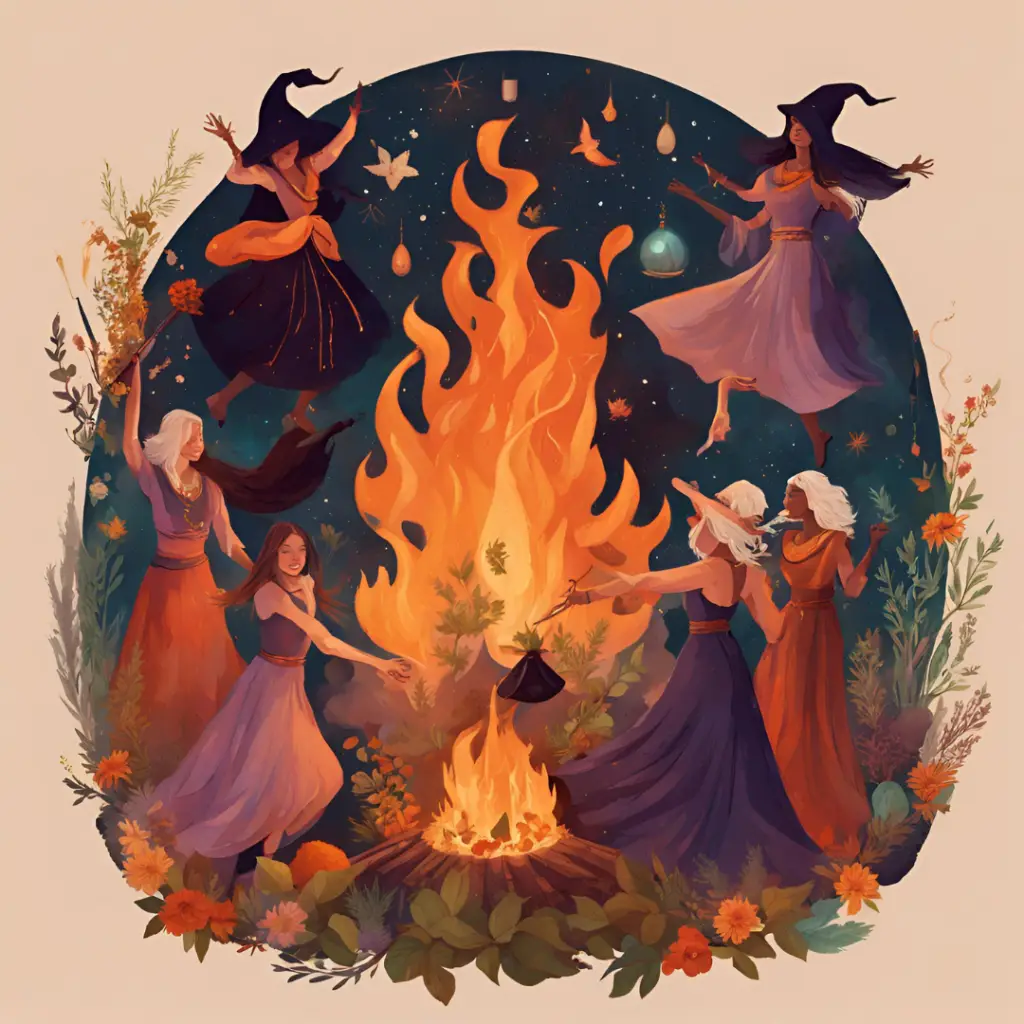In the realm of spiritual practices, few are as captivating and misunderstood as Voodoo and Hoodoo. These mystical traditions, steeped in centuries of history and cultural significance, continue to fascinate and intrigue people around the globe. In this blog post, we go on a journey to unravel the mysteries of Voodoo and Hoodoo, exploring their origins, practices, and the distinct characteristics that set them apart.
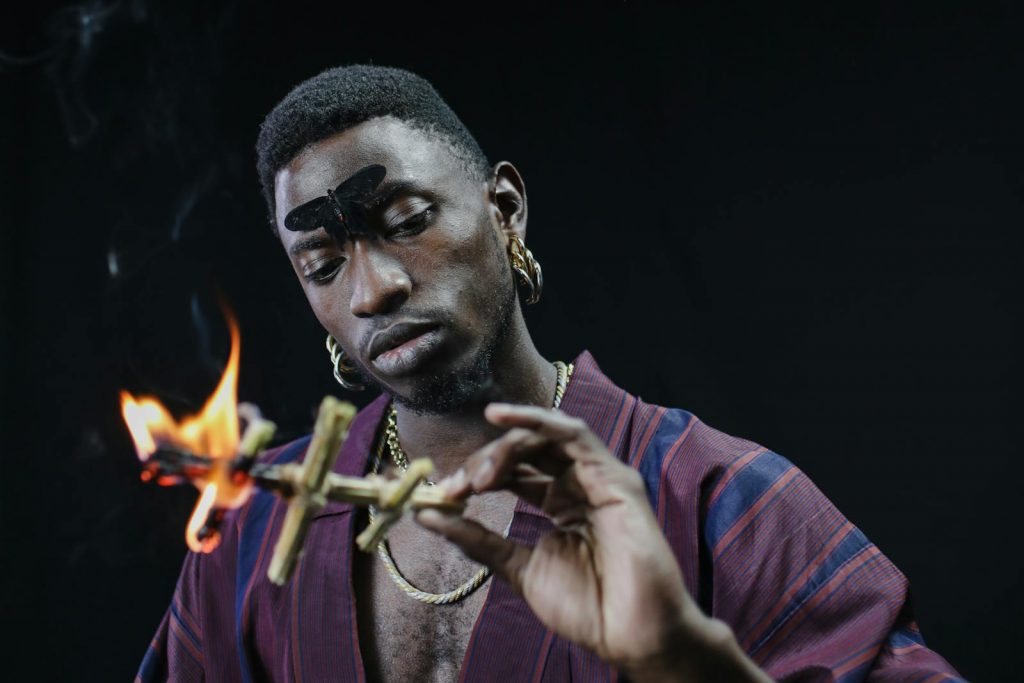
Origins of Voodoo and Hoodoo
Voodoo traces its roots back to the vibrant cultures of West Africa, where ancient spiritual beliefs and practices flourished amidst the lush landscapes and rhythmic beats of traditional music. From this fertile ground, Voodoo found its way to the Caribbean, particularly Haiti, where it underwent a fascinating evolution, blending African animism with Catholicism and indigenous Caribbean traditions. In this crucible of cultural exchange, Voodoo took on new forms and rituals, becoming a cornerstone of Haitian identity and spirituality. Meanwhile, across the ocean in the American South, another mystical tradition was taking shape. Hoodoo, born out of the experiences of enslaved Africans and their descendants, drew upon African magic, Native American herbalism, and European occultism to create a unique system of folk magic. Rooted in the soil of the Southern landscape, Hoodoo became a powerful tool for survival, resilience, and spiritual empowerment in the face of adversity. Together, these two traditions offer a window into human spirituality and cultural diversity.
Practices and Beliefs
Voodoo Rituals and Ceremonies
In the mystical world of Voodoo, rituals and ceremonies serve as sacred gateways to the spirit realm, where practitioners connect with the powerful entities known as the loa. These spirits, revered and honoured by devotees, embody the essence of nature, ancestors, and divine forces. Voodoo ceremonies are vibrant and immersive experiences, filled with rhythmic drumming, ecstatic dancing, and elaborate offerings. Through these rituals, participants seek healing, guidance, and spiritual empowerment, inviting the loa to commune with them and bless their lives with their divine presence.
Hoodoo Magic and Folk Medicine
Hoodoo, with its roots firmly planted in the fertile soil of the American South, offers a different approach to magic and spirituality. Rooted in folk traditions and practical wisdom, Hoodoo is a versatile system of magic that emphasizes the use of herbs, roots, candles, and other natural materials to manifest desired outcomes. Hoodoo practitioners, known as root workers or conjure doctors, craft spells and charms tailored to individual needs, drawing upon a blend of African, Native American, and European influences. Whether it’s attracting love, securing luck, or banishing negativity, Hoodoo offers a treasure trove of techniques and remedies to address life’s challenges and fulfil one’s aspirations.
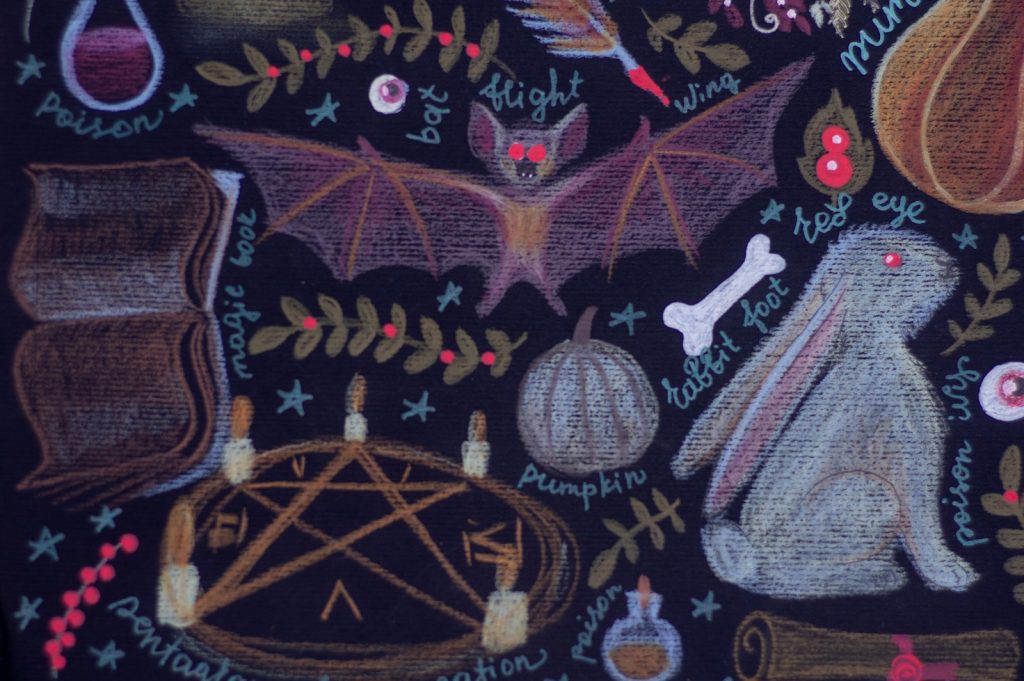
Key Differences Between Voodoo and Hoodoo
Religious Structures and Organizational Hierarchy
In Voodoo, religious practices often revolve around organized structures and hierarchical systems. Within Voodoo communities, there are designated priests and priestesses, known as Houngans and Mambos, who serve as spiritual leaders and intermediaries between the human and spirit worlds. These clergy members undergo formal initiation ceremonies and rigorous training to attain their positions of authority within the Voodoo tradition. Additionally, Voodoo often incorporates elements of organised religion, particularly Catholicism, due to historical influences and syncretism.
Geographic and Cultural Contexts
Voodoo originates primarily from the Caribbean, with Haiti being one of its most prominent cultural hubs. The tradition developed within the context of African, Caribbean, and European cultural interactions, resulting in a rich tapestry of beliefs, rituals, and practices unique to the region. In contrast, Hoodoo emerged in the Southern United States, particularly among African American communities, during the era of slavery and segregation. Rooted in the experiences of enslaved Africans and their descendants, Hoodoo reflects the cultural diversity and resilience of the American South.
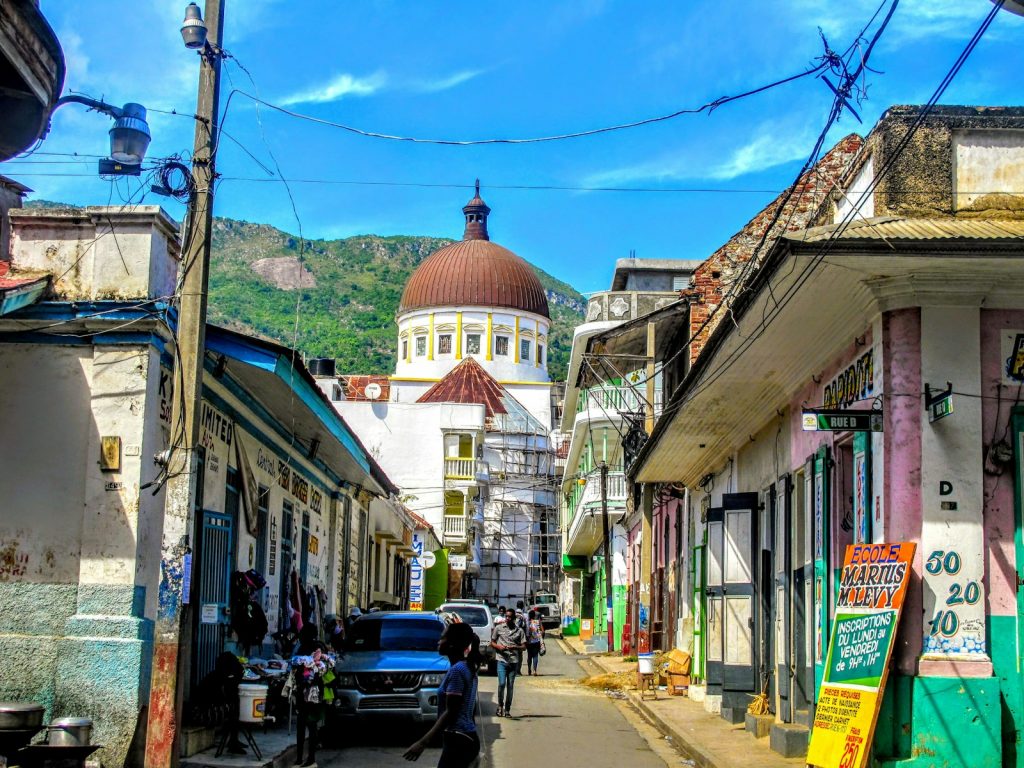
Ritual Practices and Spellcraft Techniques
While both Voodoo and Hoodoo involve magical practices and spiritual beliefs, they differ in their ritual structures and spellcraft techniques. Voodoo ceremonies often feature elaborate rituals, such as drumming, dancing, and spirit possession, aimed at invoking the presence of the loa and seeking their guidance and blessings. In contrast, Hoodoo places greater emphasis on practical magic and folk medicine, with rootworkers utilizing herbs, candles, and charms to craft spells tailored to specific needs. Hoodoo spells may involve the use of psalms, prayers, and personal rituals, reflecting its decentralized and eclectic nature.
Misconceptions and Realities
Addressing Stereotypes and Misunderstandings
Voodoo and Hoodoo have long been shrouded in misconceptions and stereotypes, perpetuated by popular culture and sensationalized media portrayals. From Hollywood movies to sensationalized news stories, these traditions have often been misrepresented as sinister or malevolent practices associated with curses, hexes, and black magic. In reality, Voodoo and Hoodoo are rich spiritual traditions with deep roots in cultural heritage and community empowerment. By debunking myths and shedding light on the true essence of these traditions, we can challenge harmful stereotypes and foster greater understanding and appreciation.
Cultural Appropriation vs. Cultural Appreciation
Another important consideration when exploring Voodoo and Hoodoo is the distinction between cultural appropriation and cultural appreciation. While it’s essential to recognise and honour the cultural origins of these traditions, it’s equally important to approach them with respect, sensitivity, and a willingness to learn. Cultural appropriation occurs when elements of a marginalised culture are exploited or misrepresented by individuals outside of that culture, often for personal gain or entertainment purposes. In contrast, cultural appreciation involves genuine respect for and engagement with the cultural practices and beliefs of marginalised communities, with an emphasis on collaboration, reciprocity, and mutual understanding.
Modern Applications and Relevance of Voodoo and Hoodoo
Despite their ancient origins, Voodoo and Hoodoo continue to exert a profound influence on contemporary culture and spirituality. In today’s world, practitioners of these traditions find innovative ways to adapt and evolve their practices to address modern challenges and aspirations. From holistic healing modalities to artistic expressions and community activism, Voodoo and Hoodoo offer valuable insights and resources for navigating life’s complexities with resilience, creativity, and spiritual connection. By embracing the timeless wisdom of these traditions and exploring their relevance in the modern age, we can tap into this human experience and collective wisdom.

